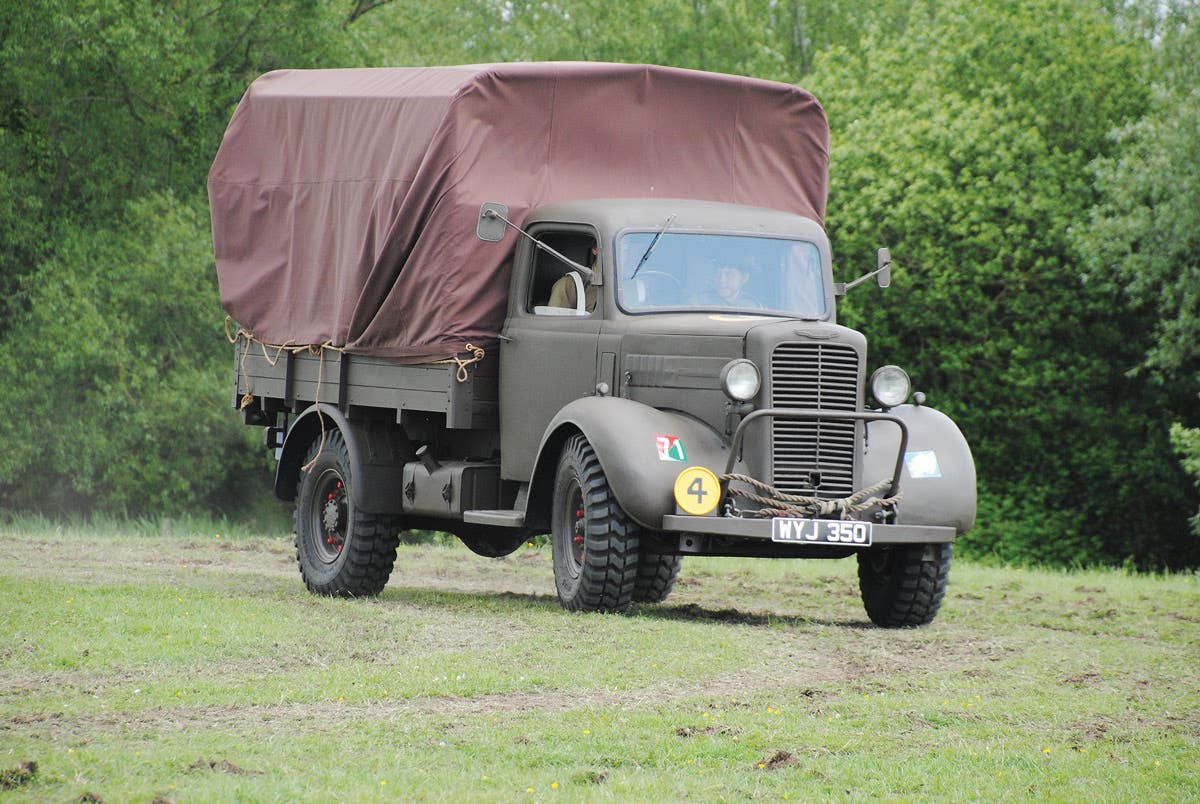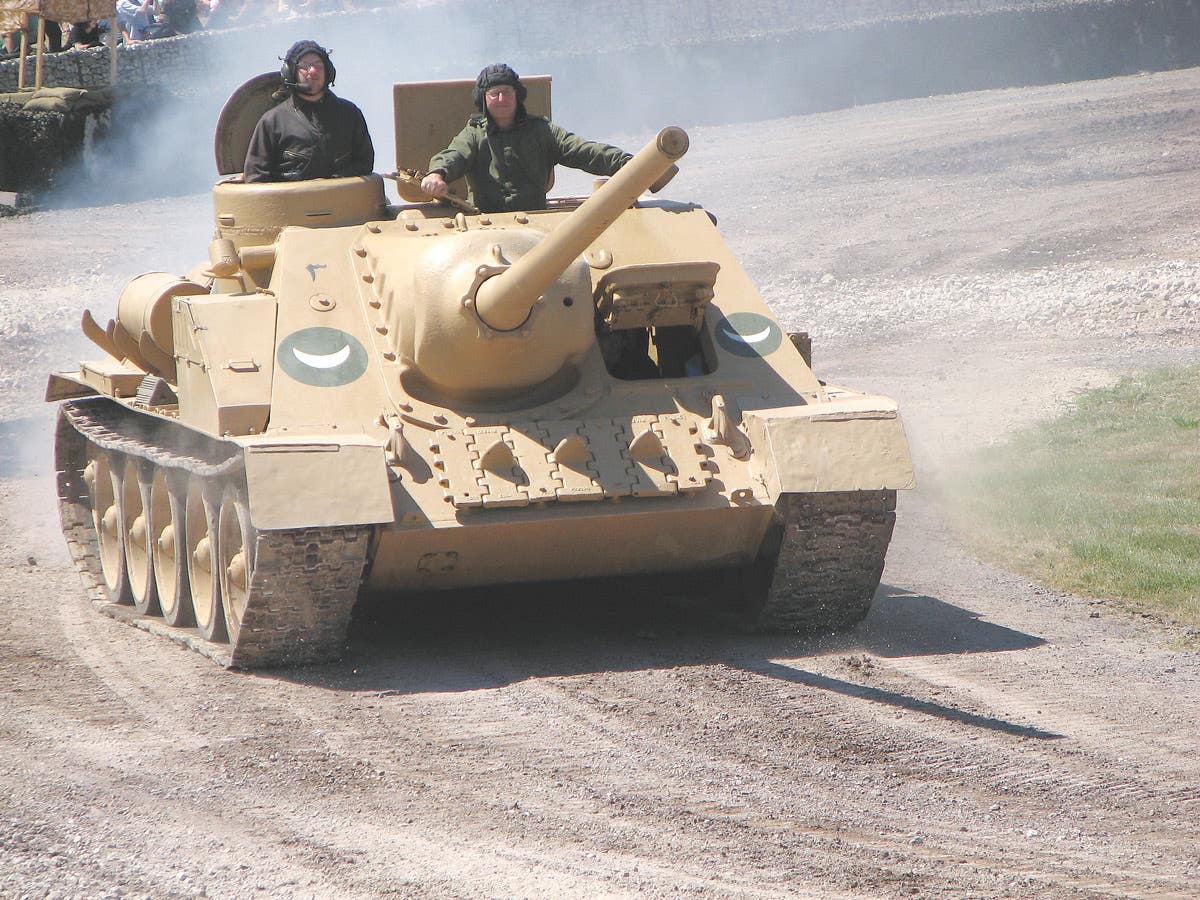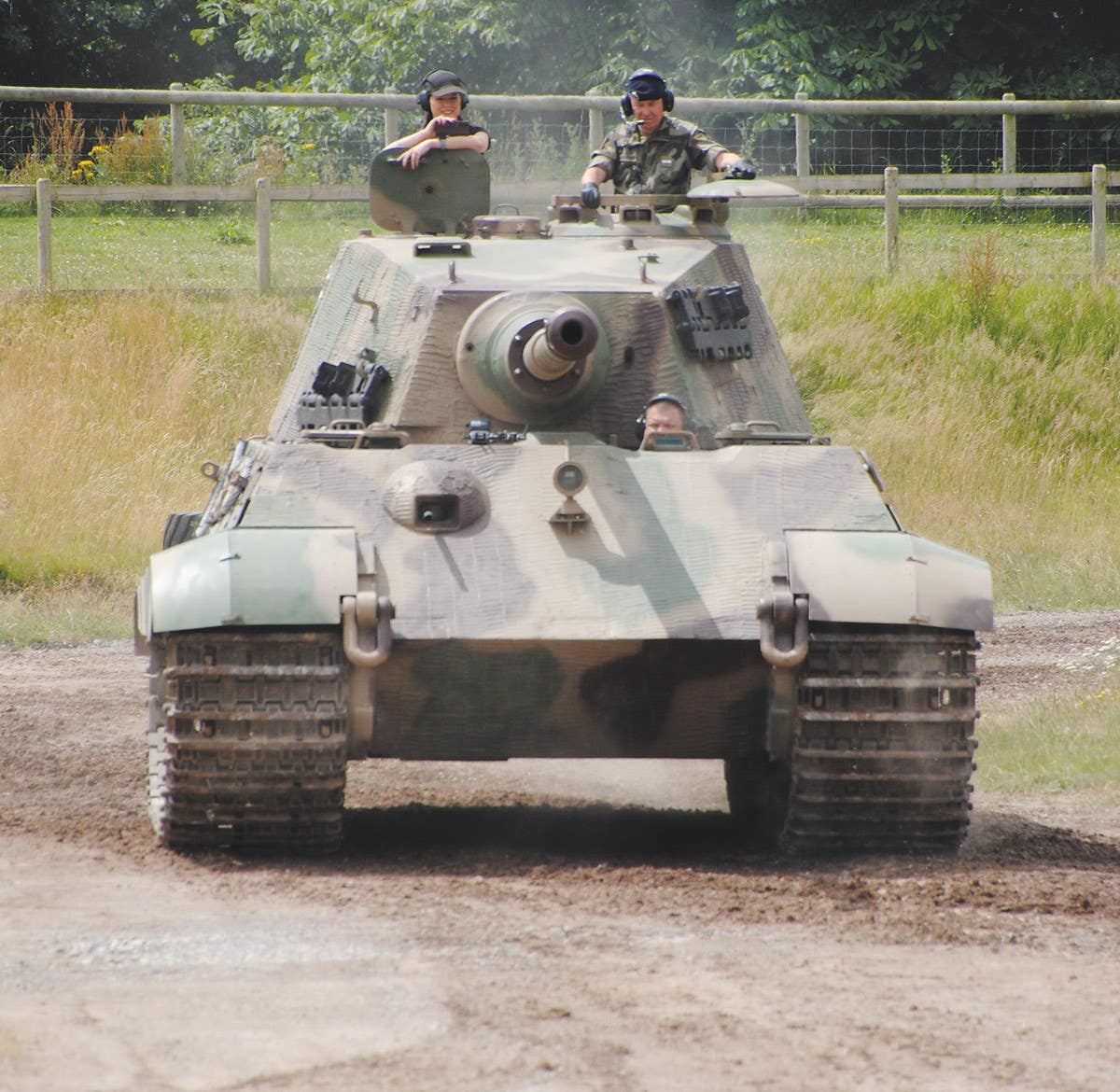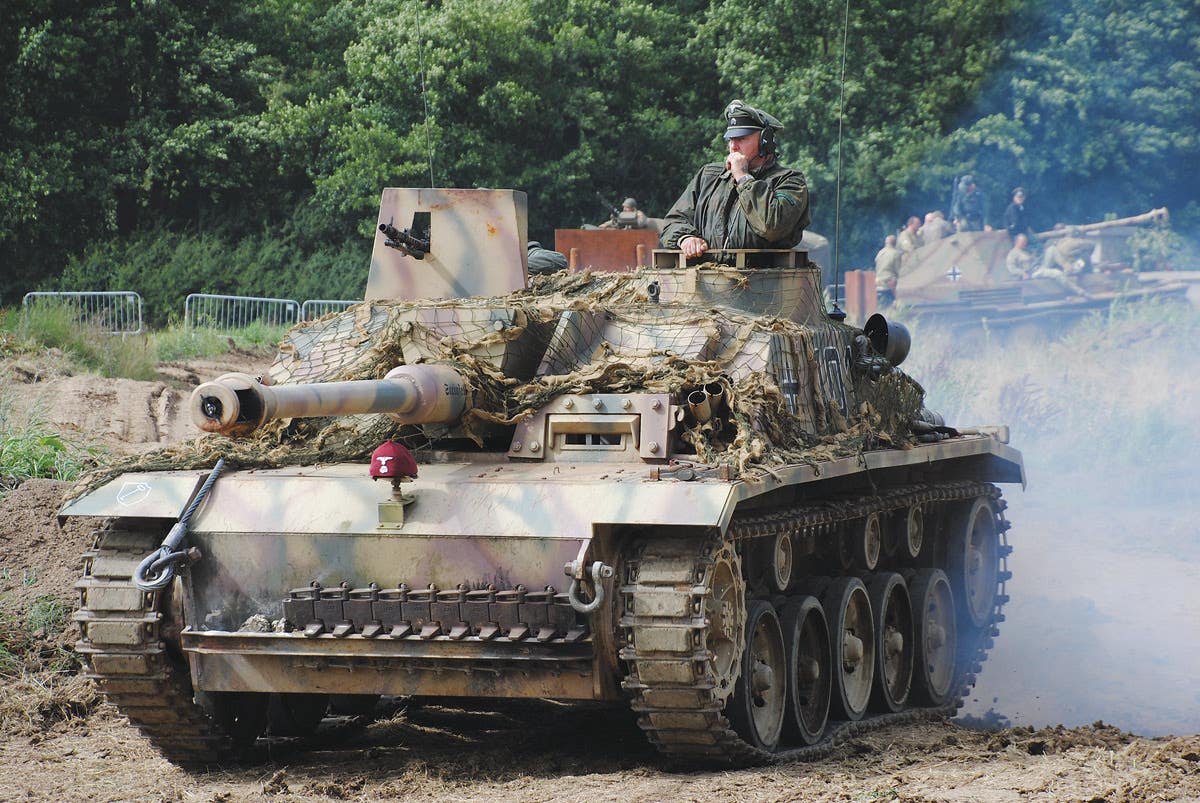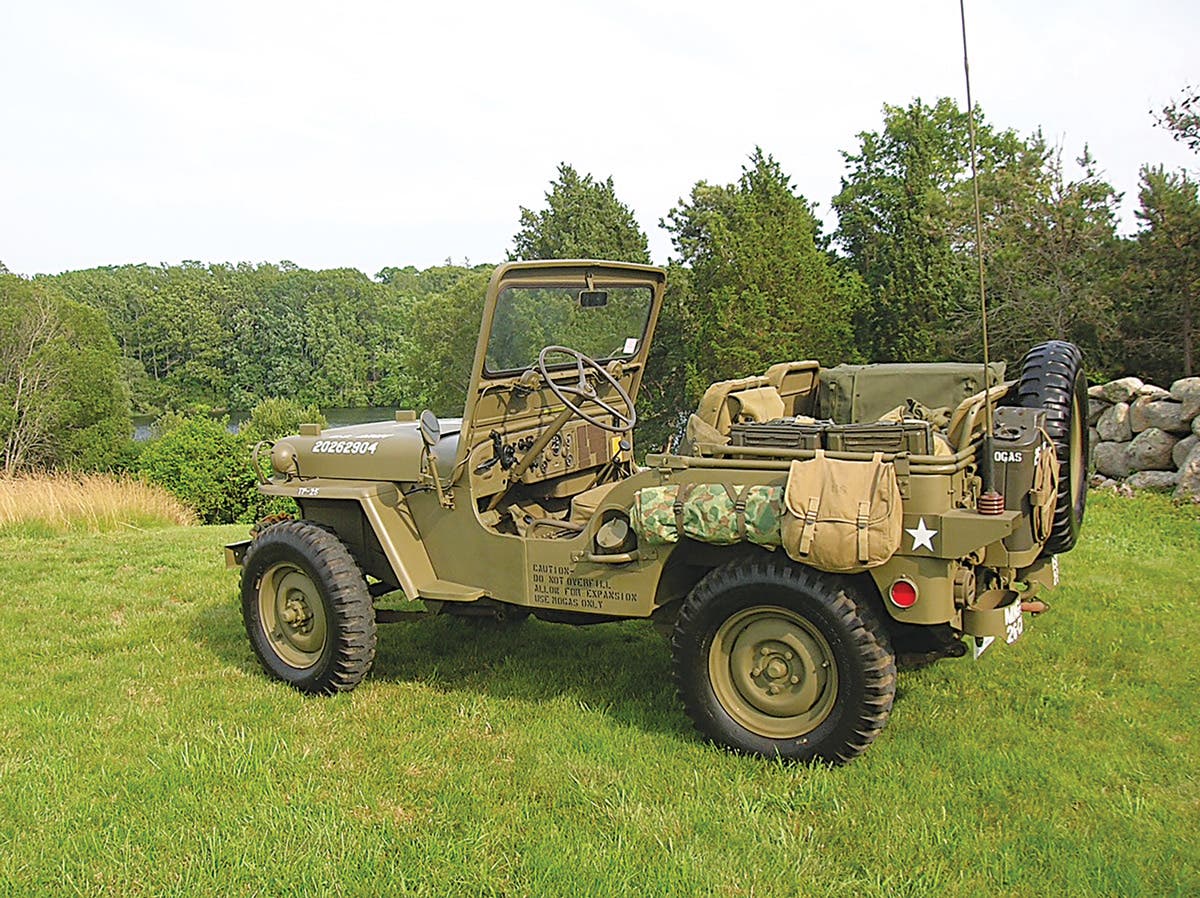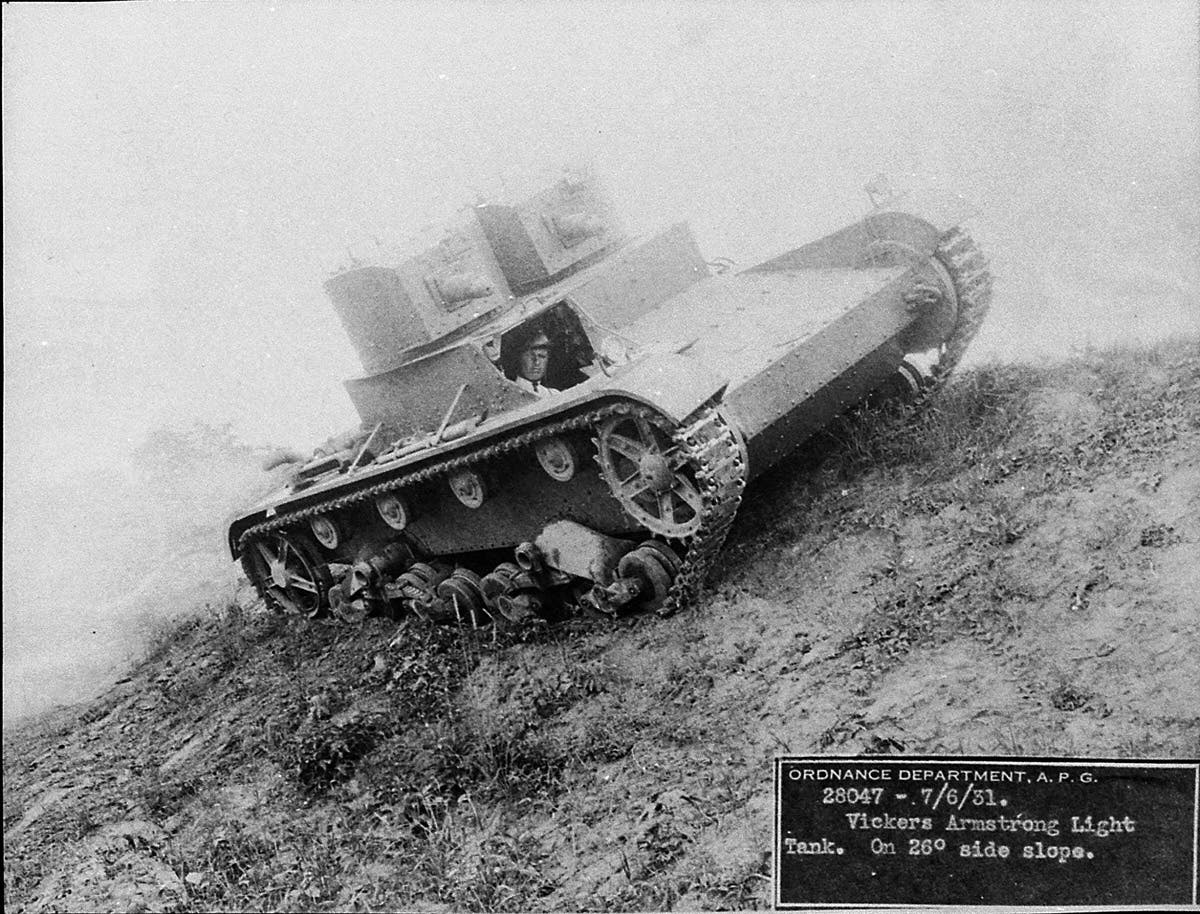The Wonder of the Weasel
The irrepressible M29 Weasel wasn’t big, but it was plenty tough and dependable
In 1942, a somewhat eccentric British-born, sometime inventor by the name of Geoffrey Pyke, was working on a design for a vehicle intended for use by troops operating in deep snow conditions, such as those encountered in Norway, which was under German occupation. The automotive system involved using two large helix screws operating in counter-rotating directions to propel the box-shaped vehicle over the snow. It was a complex design and, although a prototype vehicle was prepared for trials, the idea did not progress any further. In any event, apart from small-scale Commando operations, the Allies never mounted any serious operations in Norway.
Somehow, for reasons never really made clear, the concept of Pyke’s vehicle came to the attention of the design team of the Studebaker Corporation, based at Southbend, Ind. The company had been founded in 1854 by the five Studebaker brothers for the production of horse-drawn wagons and later automobile manufacturing. During WWI, the company produced thousands of sets of saddlery for the U.S. Army, which was still using great numbers of horses. Studebaker also produced and supplied gasoline vehicles for the U.S. military.
In 1942, the company joined the ranks of others in the motor manufacturing industry, such as Ford and GMC, to supply vehicles to the military, including the 6X6 G630 truck. The trials involving Pyke’s strange vehicle had proved the vehicle capable of travelling over snow, but its unconventional method of propulsion was complicated and impractical for use in battle conditions. It was decided to pursue the idea, but as a conventional tracked vehicle. Studebaker was awarded the contract to develop the idea further to produce a vehicle for the military, despite the fact the company had no experience in tracked vehicle production.
The result was known as the ‘T15’ Weasel, later to be termed the M28 Cargo Carrier, fitted with French-designed “Kegresse-type” caterpillar tracks manufactured from rubber to which were attached metal plates. The tracks were 15 inches and produced a ground pressure of 2.1psi, which made the M28 an ideal all-terrain vehicle capable of operating over snow, swamp and sand.
The engine was mounted in the rear and the front wheel served as the drive sprocket for the tracks. The open-topped vehicle was fitted with two sets of well-spaced double-wheeled bogies and two return rollers to support the track. A canvas tilt cover could be fitted to protect the driver from inclement weather. Studebaker produced more than 1,000 M28 Weasels before changing the design and introducing a range of modifications that completely changed the vehicle’s appearance and greatly improved its overall performance.
These design changes were implemented in 1943 and created the T24, to become known as the M29 Weasel that owners and enthusiasts know today. It would remain an open-topped, unarmoured design and still operate in its intended primary role as a light cargo carrier, but would go on to be developed into three versions from which armed types would be produced. M29s would also be used as experimental test beds to trial the vehicle in other roles.
Long term, its reliability was such that the Weasel would continue to be used in post-war service by several countries, including Norway, Sweden and France. In fact, France would continue to use the Weasel in a civilian capacity to support polar exploration expeditions to the Antarctic region in the 1990s.
The military service of the Weasel would span more than 30 years, with troops of French mountain units and Gendarmerie being among some of the last to use the vehicle in the 1970s. Earlier French military usage had included service with units such as the 1st Cavalry Regiment and 13th Demi-Brigade of the Foreign Legion deploying during the Indo-China War against the Vietminh in the late 1940s. As the war continued, the French troops gained operational experience leading to better handling of the vehicles in jungle and swamp conditions. Some M29s were fitted with a variety of weaponry, with the troops referring to these armed versions as “Crabes”, which served mobile platforms for support weapons, including 57mm M18A1 RCLs, 60mm mortars and light machine guns. These weapons would be fitted in the center on pintel mounts so as not to interfere with the driver, but at the same time allow all-round traverse to engage targets freely.
In 1943, versions of the T15 were supplied to the Canadian Army, where they were termed “Snow Jeep”. They were used during the campaign to reclaim the Aleutian Islands after a Japanese force had invaded these U.S. territories in 1942. The move to use T15s was an attempt to establish a commonality of vehicles between the U.S. and Canadian military. A year later, in 1944, Canadian troops in Europe used M29 Weasels during operations around the Scheldt Estuary to capture the Antwerp port installations in Belgium. They also fitted some M29C versions with flamethrower equipment of the type mounted on Bren or Universal Carriers known as “Wasp”.
The changes to the original M28 design which resulted in the M29, also known as the G179, produced a completely different design. To begin with, the road wheel layout was changed and now comprised four sets of double bogies. Two return rollers were retained and the width of the tracks extended to 20 inches, which lowered the ground weight to less than 2 lbs. per square inch. The drive sprocket wheel was transferred to the rear and the engine moved to the front of the vehicle, offset to the right with the driver’s position on the left. Moving the engine forward improved handling and made it easier to negotiate river banks when operating inland waterways including canals and flooded areas. The space created in the rear of the vehicle was put to good use by allowing three seats to be installed for passengers or radio equipment to be fitted.
The result was a more business-like design that would lead to later versions, the M29C Types A, B and C, being used as weapon platforms for M3 37mm anti-tank guns and 75mm calibre RCLs. Some were used to experiment with frames fitted with rollers mounted to the front of the vehicles to act as minefield clearing equipment. They could also serve as ambulances to evacuate sitting wounded or stretcher cases and even lay wire for field telephones. One short-lived project was a trial to develop a remote-controlled version using cables, but the idea was dropped.
An amphibious version, the M29C, known as the “Water Weasel”, was fitted with removable floatation tanks to the front and rear of the vehicle hull. The basic version of the M29 had a limited buoyancy capability which allowed it to be used on inland waterways, such as rivers, with propulsion being provided by the tracks. The M29C version was fitted with two steerable rudders, but it was still far from being suitable for use in deep, open water.
These amphibious capabilities made the M29C and basic version ideal for use during the “Island Hopping” campaign being conducted in the Pacific by units of the US Marine Corps. During landings on islands such as Iwo Jima, where the M29 was first used in the Pacific Theatre, and Okinawa, the Weasel could be driven ashore to keep pace with the Marines and support them by transporting supplies and ammunition. The load towing capacity of these vehicles easily coped with trailers and they could move artillery into position.
In the northwest European Theatre of operations, the M29 and its variants were used by British, American and Canadian troops from the Normandy Campaign following D-Day. As the Allies continued to advance through Belgium and Holland, the M29, with its road speed of 36 mph, could keep pace with armoured columns on the move. However, prolonged use with the vehicle being pushed to its limit caused it to overheat and suffer mechanical failure. One operational report from the Normandy Campaign in August 1944, recorded how units were: “having a great deal of trouble with the M29 Cargo Carriers on long movements…” It continued by pointing out that “Cargo Carriers have been overheating and….the water completely boiled out of the radiators”.
The M29 was an otherwise sturdy and reliable vehicle, but in Europe, covering the long distances involved after the breakout from Normandy it was noted that engine oil overheated and plates from the tracks were shedded. The problems were attributed to it being driven on hard paved road surfaces when it was intended for use on much softer conditions such as the swamp and sand found on the Pacific islands. Regardless, the M29 continued in service and drivers adopted the method of driving short distances in quick bursts to reduce overheating. Good field maintenance during rest periods reduced the problems. British and Canadian units operated the M29 as a support vehicle and found it most useful in those areas flooded by the Germans as they retreated.
Its compact size and light weight meant the M29s could be airlifted by gliders and fixed-wing aircraft, which made them suitable for deployment to Indo-China and to support scientific missions. In all, some 15,892 M29s of all types were produced during the war, incouding 8,000 of the M29C version. The M29 was also used during the Korean War, but a planned post-war order for a further 10,000 vehicles was cancelled.
From unlikely beginnings, the M29 had gone on to serve in all theaters of the war, including Italy, serving as a workhorse in a wide variety of roles, but never for its originally intended purpose.
Today there are examples of M29s to be seen in museums in various countries and collections, including the Muckleburgh Military Collection in Norfolk in the U.K. Perhaps the best way to fully appreciate this small but important vehicle is to see privately owned vehicles at shows where they give mobility displays. .
The production run means that they are available to purchase with condition affecting price. Recently, a T-24 version was on offer for $30,000, with an M29, really a version of the T24, on sale for $40,000. The unusual M29C does also come up for sale and an example was put up for a price of $50,000 in first-rate condition. There are several forums online for owners to exchange comments and ask for assistance, including the Studebaker Weasel Forum at; www.portrayalpress.com and www.studebakerdriversclub.com.



